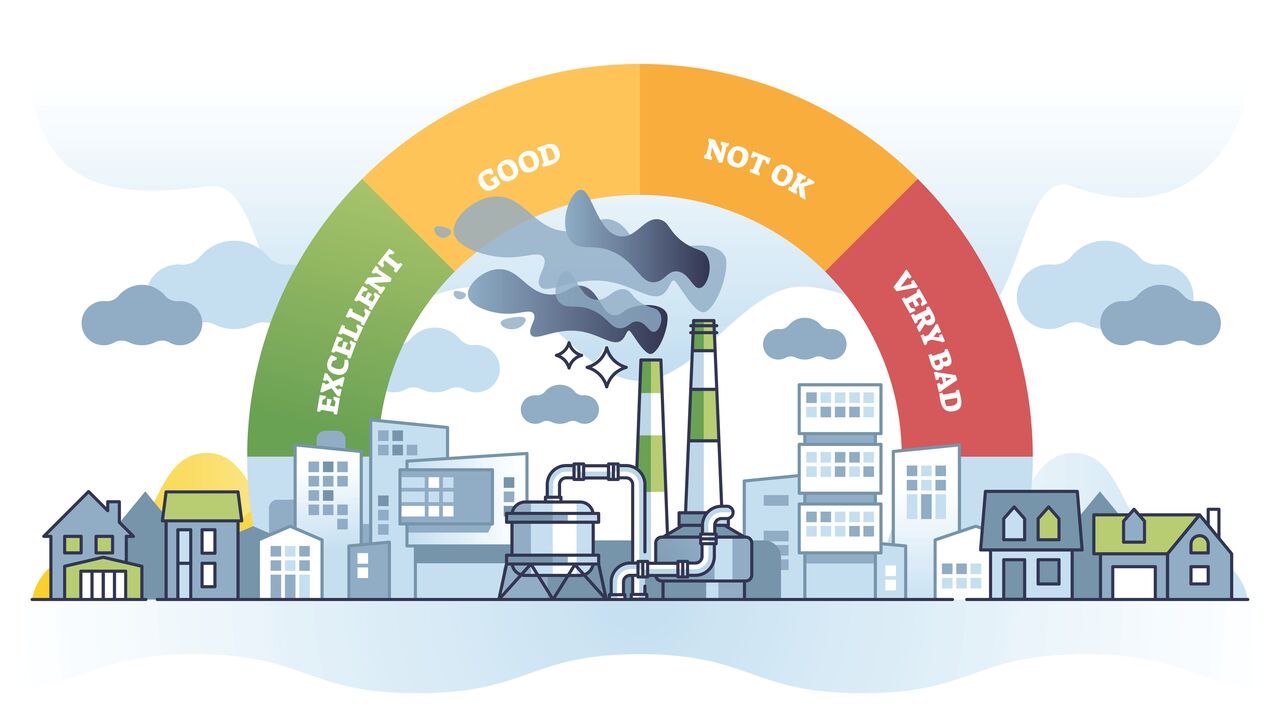
Introduction
Air quality improvement is crucial for the well-being of both humans and the environment. Poor air quality can have severe implications for human health, leading to respiratory diseases, cardiovascular problems, and premature death. Additionally, air pollution negatively impacts ecosystems, causing biodiversity loss and environmental degradation. To address these issues, Waste-to-Energy (WtE) technologies have emerged as a viable solution for improving air quality.
Historical Background
WtE technologies have a rich history of development and adoption. Significant advancements have been made in this field, driven by the need to find sustainable alternatives to traditional waste management practices. The utilization of waste as a resource to generate energy has been a key focus, leading to the evolution of various WtE technologies.
Key Concepts and Definitions
Waste-to-Energy refers to the process of converting waste materials into usable energy, such as electricity or heat, through methods like incineration, gasification, and pyrolysis. This approach not only helps in waste management but also contributes to air quality improvement. WtE technologies are designed to reduce emissions and harmful pollutants, ensuring a cleaner environment. Terms such as particulate matter, emissions, and environmental standards play a crucial role in understanding the impact of WtE on air quality.
Main Discussion Points
Contribution of WtE Technologies to Air Quality Improvement
WtE technologies play a vital role in improving air quality through various mechanisms. Firstly, these processes significantly reduce greenhouse gas emissions, mitigating climate change impacts. Secondly, harmful pollutants like dioxins and heavy metals are removed from waste streams, preventing their release into the atmosphere. Lastly, WtE helps in reducing landfill methane emissions and leachate contamination, further enhancing air quality.
Efficiency and Sustainability of WtE Technologies
Efficiency and sustainability are key considerations in assessing WtE technologies. These processes offer the potential for energy recovery, converting waste into valuable resources and contributing to a circular economy. However, the environmental impact varies among different WtE technologies, and evaluating their benefits and drawbacks is crucial. Furthermore, integrating WtE with recycling and composting strategies can optimize waste management efforts.
Economic and Social Implications of WtE for Air Quality Improvement
Implementing WtE technologies can have economic and social implications. Cost-effectiveness is an important consideration, as these technologies compete with other air pollution control measures. Additionally, the WtE industry has the potential for job creation and economic benefits. However, public perception and social acceptance of WtE facilities can influence their impact on local communities.
Case Studies or Examples
Real-world examples of successful WtE projects demonstrate their positive impact on air quality improvement. These projects showcase the effective integration of WtE technologies into waste management strategies, leading to reduced emissions and improved air quality. However, challenges and lessons learned from implementing WtE technologies in different regions need to be considered for successful replication.
Current Trends or Developments
Advancements in WtE technologies have the potential to further enhance air quality improvement. Innovations such as improved combustion techniques, enhanced gasification processes, and optimized emissions control systems contribute to more efficient and sustainable WtE practices. Additionally, emerging research in the field of WtE and air pollution control provides insights into potential future developments.
Challenges or Controversies
Criticism and concerns surrounding WtE technologies must be addressed. Potential health risks and emissions associated with these processes need to be carefully managed and regulated. Overcoming regulatory challenges and barriers to implementing WtE projects is crucial to ensure their safe and effective operation.
Future Outlook
The future role of WtE in air quality improvement and waste management strategies is promising. Continued advancements and innovations can further enhance the effectiveness and sustainability of WtE technologies. Integration with renewable energy sources and the development of more efficient and environmentally friendly processes will contribute to a cleaner and healthier future.
Conclusion
Improving air quality through WtE technologies is of paramount importance for human health and the environment. The reduction of greenhouse gas emissions, removal of harmful pollutants, and effective waste management strategies offered by WtE contribute to a cleaner and more sustainable future. It is crucial to recognize the potential benefits of WtE and continue supporting research and development in this field.